Masked faces in public have become the new normal these days. A glance at art history and pop culture shows how masks reveal more than you might think.
Anyone who has dared enter a supermarket recently knows how difficult it is to make eye contact with fellow human beings. You can’t smile at anyone wearing a face mask, and moving your eyebrows is not a reliable and unequivocal communication channel. You invariably feel that everyone is simply staring stubbornly and dumbly ahead. Whether you want to frighten someone, commit a crime, or simply protect yourself, there are many different reasons for donning a mask.
And it may be that this is precisely the problem. Because masks come with a truckload of social and cultural meanings, and most of them seem to have negative associations. In art, however, it is thanks to the mask, that membrane between the person and the world, that existential questions can be visualized. So the time is ripe to cast a glance at the cultural history of the mask.
Where does the fascination for masks come from?
First of all: Where does the fascination for masks come from in Europe? Masks, or so cultural historian Johan Huizinga once wrote in his famous book “Homo ludens”, enabled people to seem more beautiful, enhance their status, made them look more dangerous. Euripides, ancient master of the Greek tragedy, described how participants in the Greek Dionysia disguised themselves using animal hides and got drunk on wine. This partying in the name of the God of Wine gave rise to Ancient Greek theater, and the word “person”, derived from the Latin “persona”, originally described the masks in those plays. So why the slight shudders when we nowadays see masked people coming towards us?
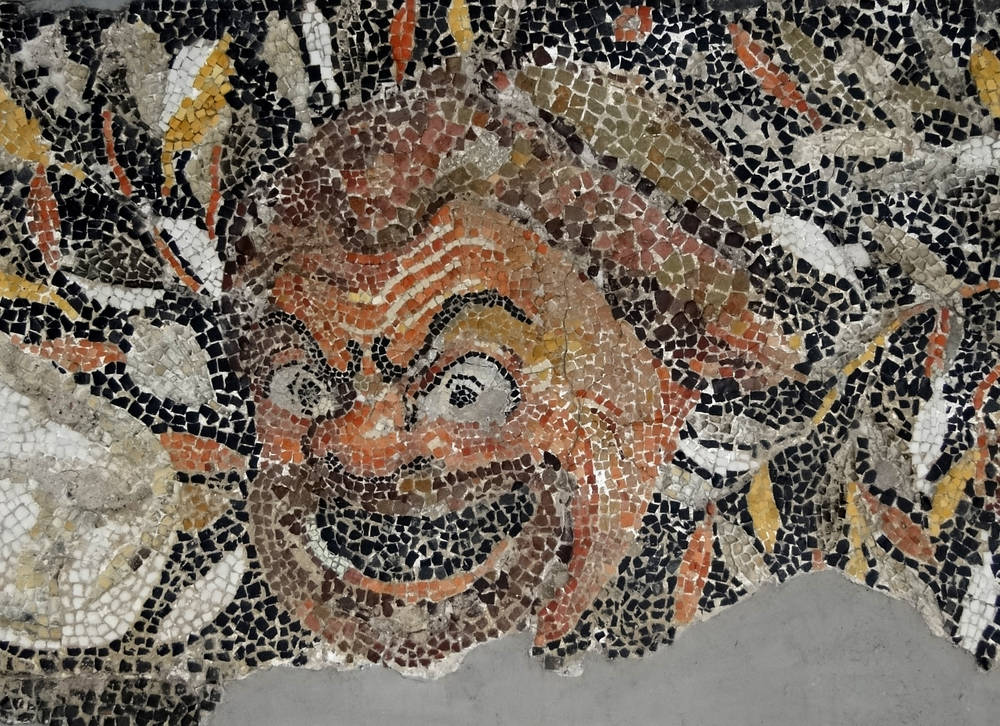
Take the example of the Isenheim Altarpiece, which Matthias Grünewald painted between 1512 and 1516, and which is now preserved in the Museum Unterlinden. On the outer side the altar depicts the Temptation of St. Anthony. The theme is conventionally an excuse for artists to invent grotesque fantasy creatures or adapt them from folk traditions. From the right side of the picture, creatures assail the aged hermit, in the very front a demon with a robe of feathers raises a branch in order to thrash the saintly man. Instead of a face, the demon wears a bird’s head that rests like a mask on his torso.
It very much looks as if Grünewald wanted to paint his way through all the carnivalesque inventions of the Middle Ages, shortly before books became widespread and the Reformation set in, followed a little later by the Enlightenment. Given such imagination, one asks oneself why only a little later (namely at the turn of the 18th century) people constructed plague masks that looked very similar to the bird’s head in Grünewald’s vision. In those centuries, Europe was repeatedly overwhelmed by epidemics, and those who fell ill must have felt they were very close to Hell itself. Yet the beak had a function: It was meant to protect the wearer, as pleasantly scented herbs and resins in it filtered the air he or she breathed, since the belief at the time was that the illness was caused by evil odors.
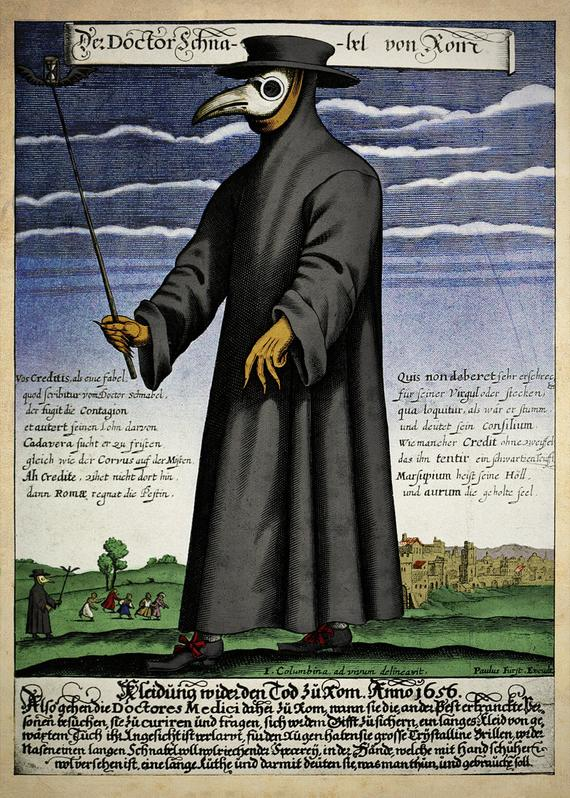
Alongside their (ostensible) protective function, masks also have an effect that draws on a centuries-old trove of knowledge. In the 1920s and 1930s the Surrealists tapped this cultural subconscious with their interest in dreams, traumata and archetypes. It was only logical that in her art Meret Oppenheim concerned herself with masks – for decades, in fact. Her versions are disembodied faces, most definitely not intended to actually be worn. One of them, for example, consists of a kind of net with two glass semi-spheres as eyes and an orange-colored tongue hanging out of it, while the word “Bäh” (German for “Yuck!” or “Ugh”) is penned on it in felt-tip.
The mask has a special place in Jung’s theory of the soul
The legends surrounding the Surrealist include her costumes, which she likewise designed and wore, possibly in order to fuse art and life. At any rate, Oppenheim (born 1913 in Berlin) was an attentive reader of the works of Swiss psychoanalyst C. G. Jung, and he accords the mask (he calls it ‘imago’) a special place in his theory of the soul, as it stands for the images in our memory that we use to define a person’s identity. In the post-War period, the visual arts paved much of the way for what was later to so define pop culture.
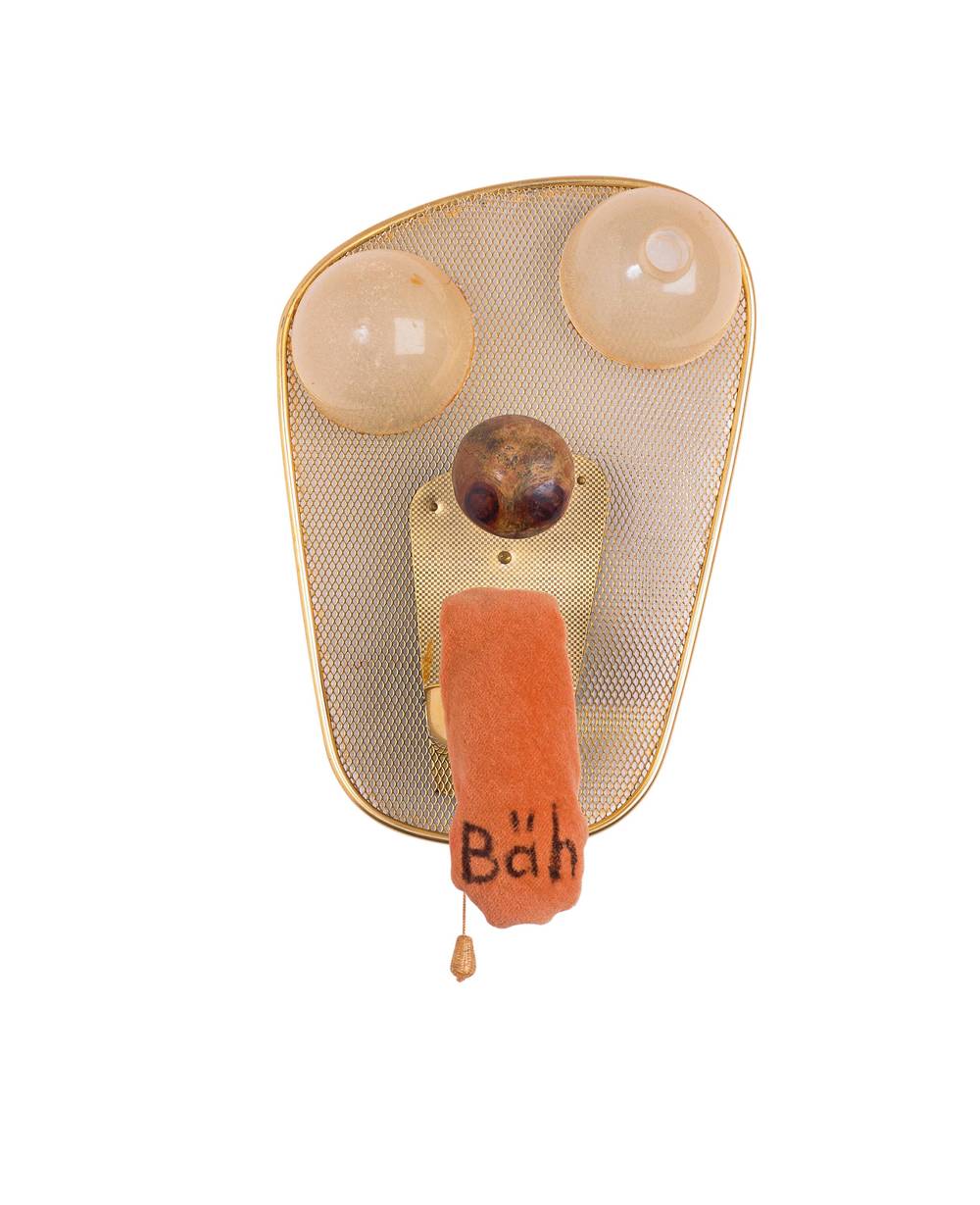
Andy Warhol’s Factory in New York was the glittering catalyst of the Underground, in which the figures on the periphery became superstars: Musicians, photographers and actors, usually without masks. Yet Huizinga’s adage applied in this laboratory, too, where the formula for the iridescent change of identity in pop was invented: What the participants sought was what enabled them to seem more beautiful, enhance their status, look more dangerous.
Kanye West turns the mask into a fashion accessory
Anyone of us can (re)invent ourselves, and that is precisely what the eccentrics of the music world are doing continuously. Take rapper and songwriter Kanye West. In 2013, he wore various masks decorated with jewels during his tour. First signs of megalomania? Definitely, after all the new album he was touring with back then was called “Yeezus”. That said, perhaps it was merely the old game of identities, which is part and parcel of the skills of not just visual artists but also popstars. The rapper had Martin Margiela design the masks – who could hardly be more different to West: The designer lives in the exact opposite way, doing everything he can not to step into the public limelight. A shrewd PR move which in turn ensured Margiela maintained his legendary status. Yet at the same time, it also shows that even before digitization, this desire to escape the public eye was a luxury for the privileged few.
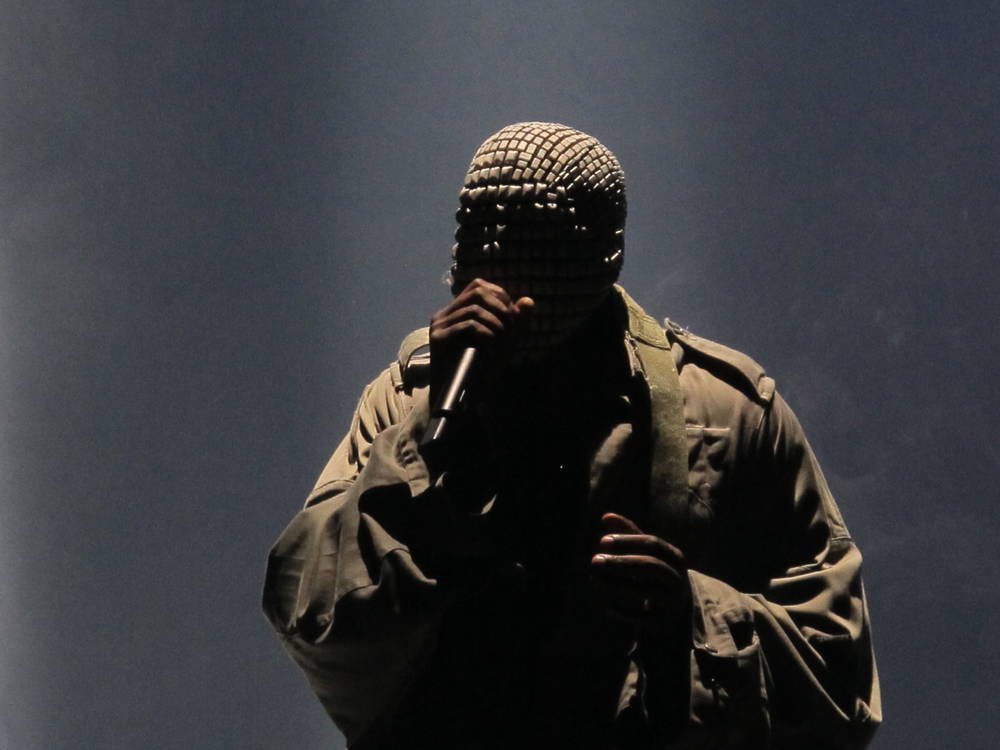
Today, this is all the more true. For the public domain is now subject to digital surveillance, by algorithms that compare video recordings to databases in order to identify faces. The technology is fast spreading and you don’t need to be paranoid to cherish a little anonymity. The desire to not be recognized was also what drove artist Adam Harvey in 2013, when he sought to preempt digital facial recognition with his piece “CV Dazzle”. He proposed using a combination of make-up tips and asymmetrical haircuts to knock out the surveillance technologies of a dystopian future by covering over those dots that artificial intelligence uses to identify faces. A new edition of the project is planned for 2020. It is not yet known whether Harvey will include the now seemingly ubiquitous N-95 face masks in his work.
How to use make-up to pry out facial recognition
Art is at present rediscovering theater masks, namely as an accessory for crossovers. In his 2014 video “Human Mask”, French artist Pierre Huyghe presents a macaque monkey who works in a restaurant devoid of people in the exclusion zone round Fukushima. The monkey wears a wig and a snow-white mask such as we are familiar with from Japanese Nō theater. The unsettling effect is inverted here: It is no human who is transformed into a demon, and this no longer relates to anonymity. The white mask is the perfect projection screen for thoughts, and the monkey seems strangely human. Categories blur, of course, and the radical question runs even deeper here: What makes a being a person, and what does that have to do with the face?

CV Dazzle, Look + 2, Photo © Cha Hyun Seok,
Image via cvdazzle.com
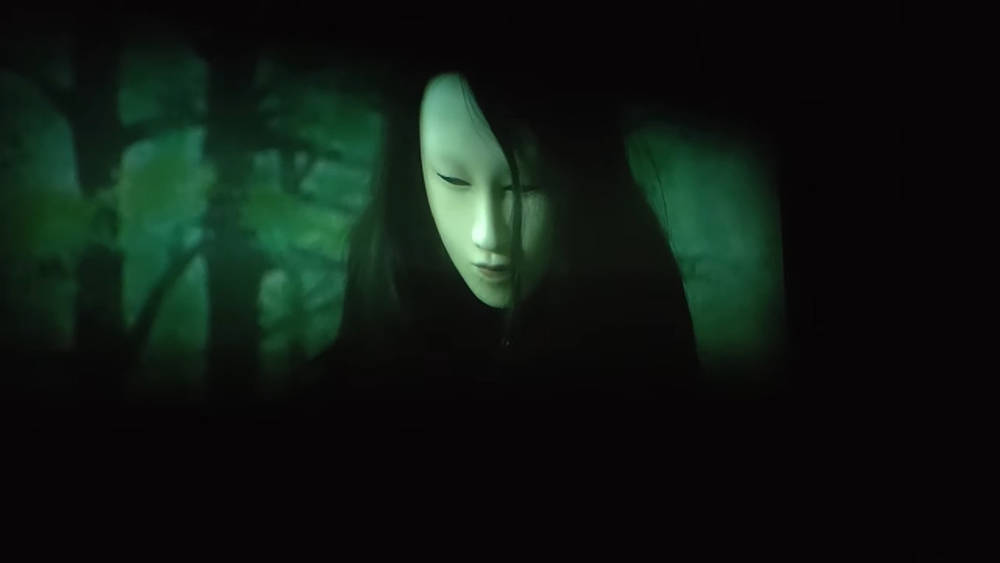
Not long ago, cultural studies specialist Thomas Macho wrote that we live in a society of faces. Not showing them is a sign of a state of emergency: a masquerade, carnival, war, or, precisely, a pandemic – although one might immediately contradict this, since all the talk now is of the new normal. And the fashion industry is already superbly prepared for it. Face masks by fashionable streetwear brands have long since been on the market in East Asia, and it won’t be long before the models by Off-White™ or BAPE become part of everyday life in the big European cities. “They are not a must-have accessory, but a literal must-have to help avoid, like, dying,” writes fashion magazine “Highsnobiety”, which sounds a tad existentialist. Masking in public will remain part of everyday life for a while to come.

Masks on a runway, Image via wtvox.com









